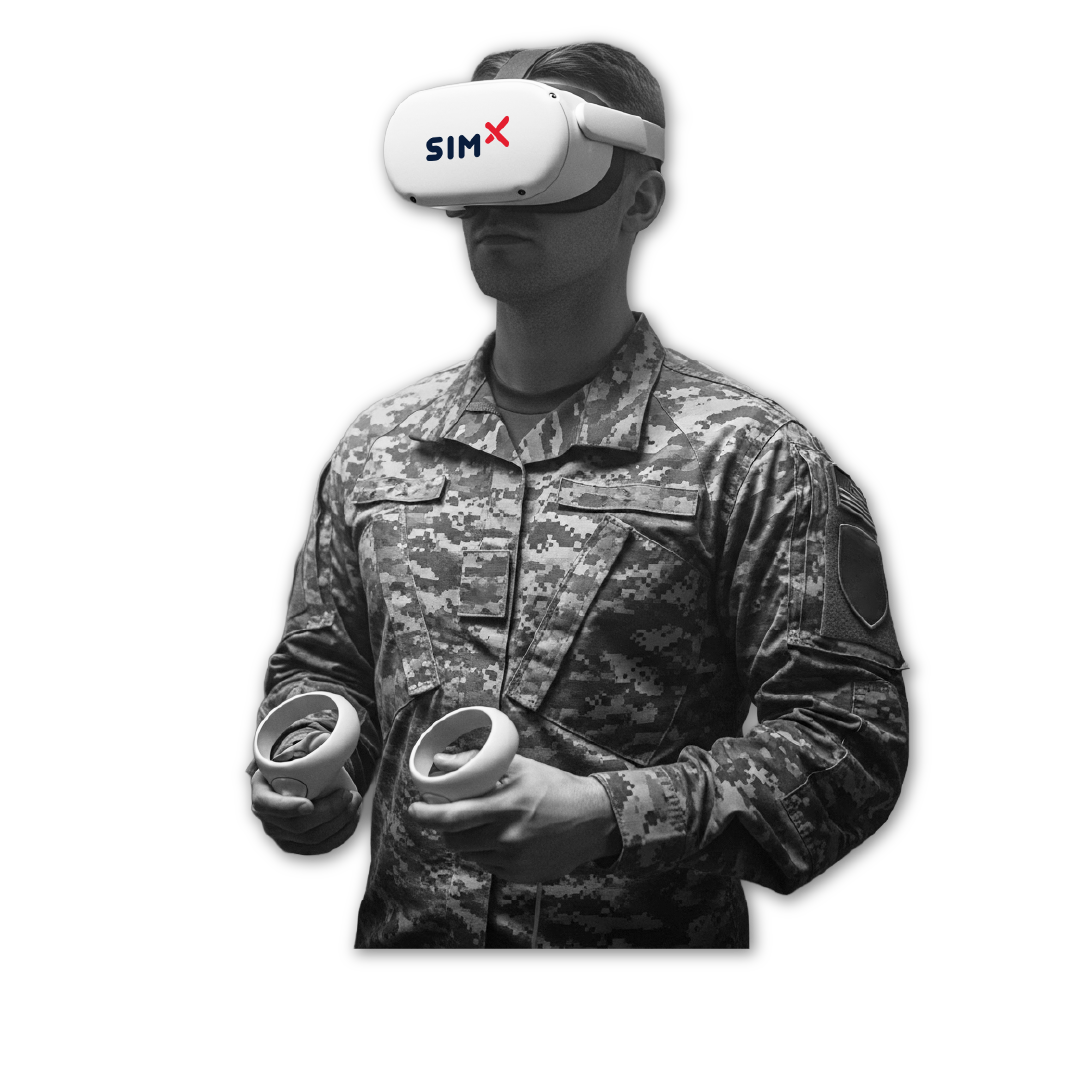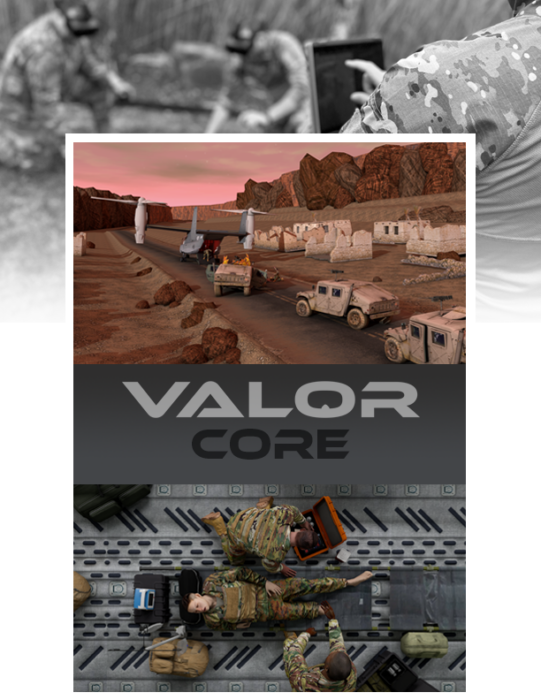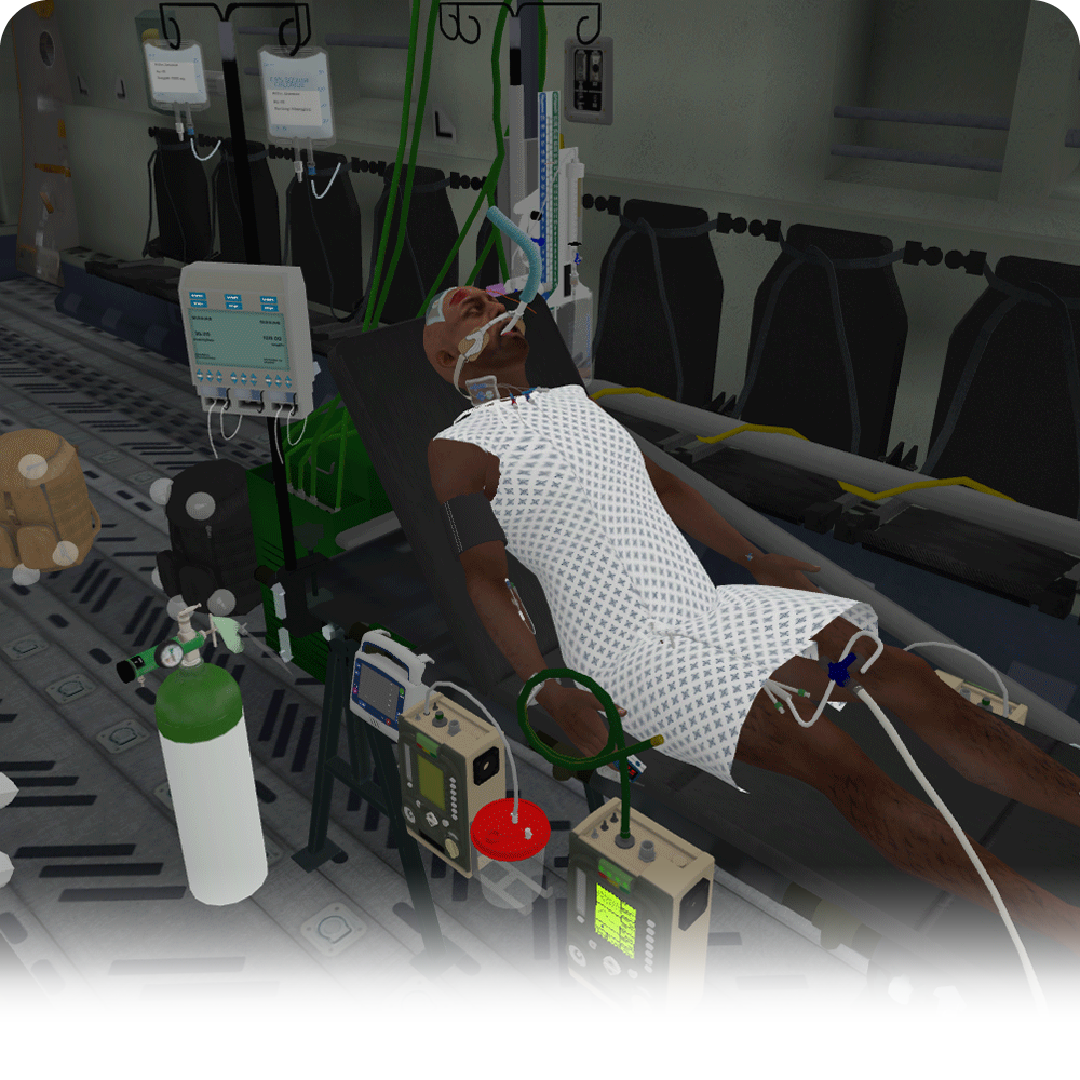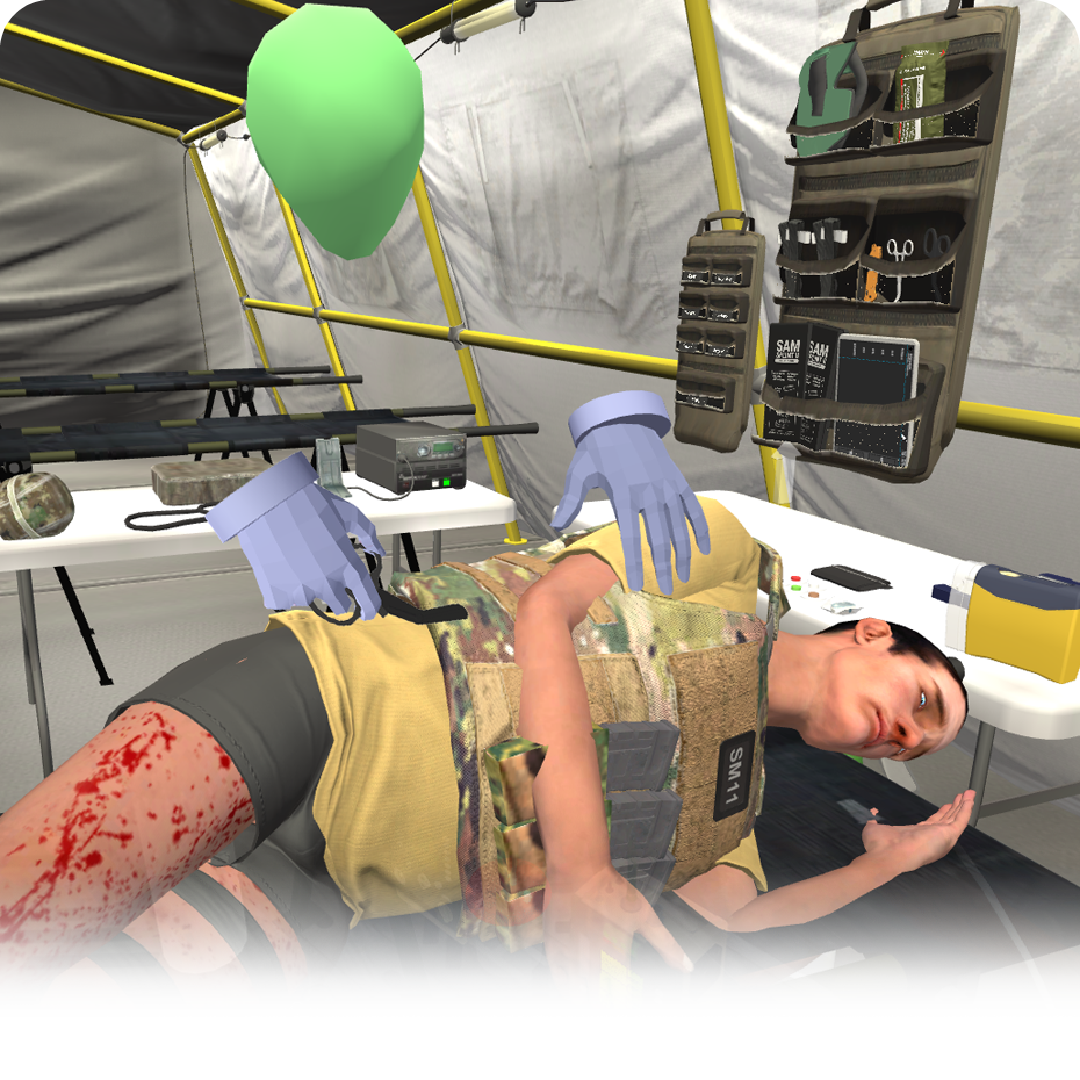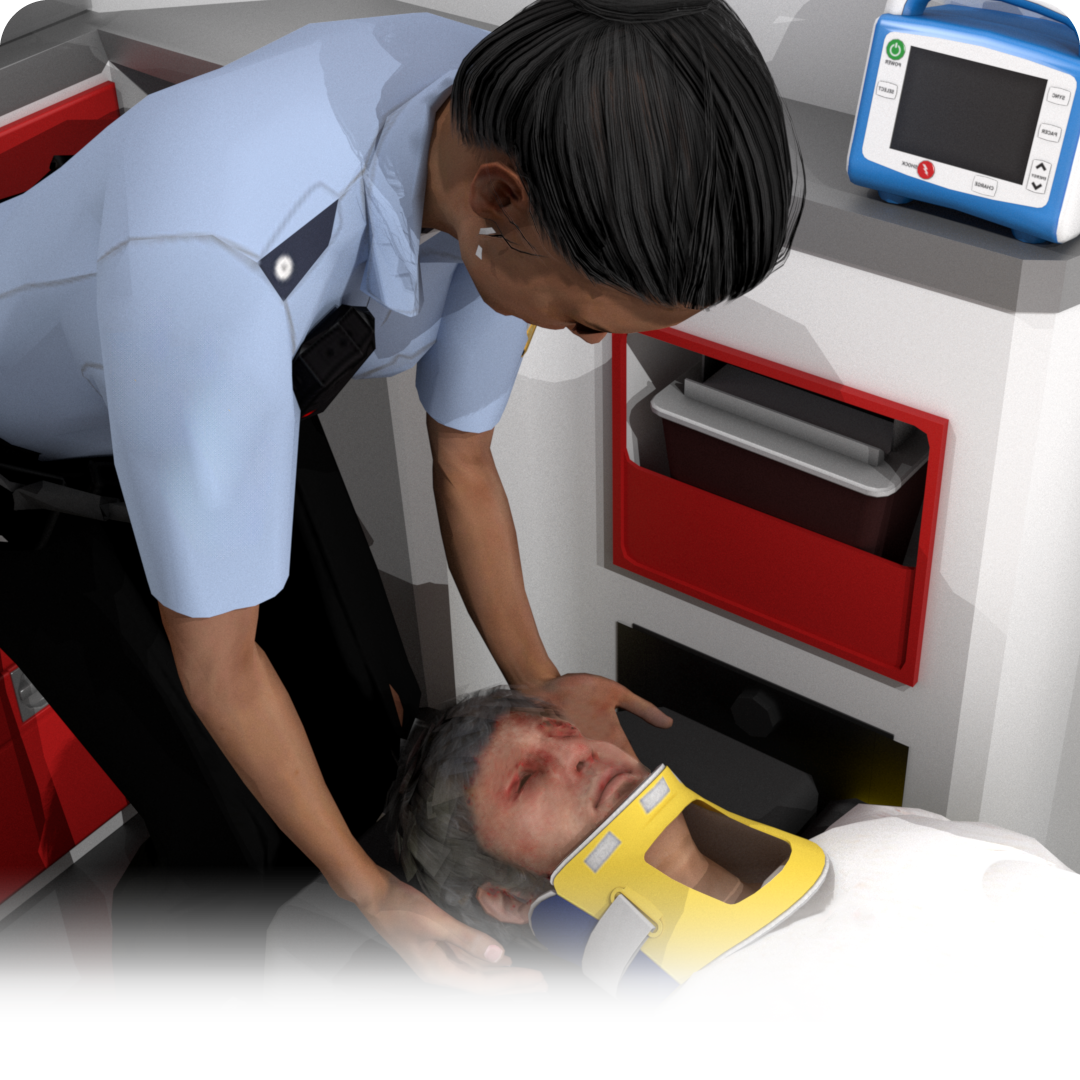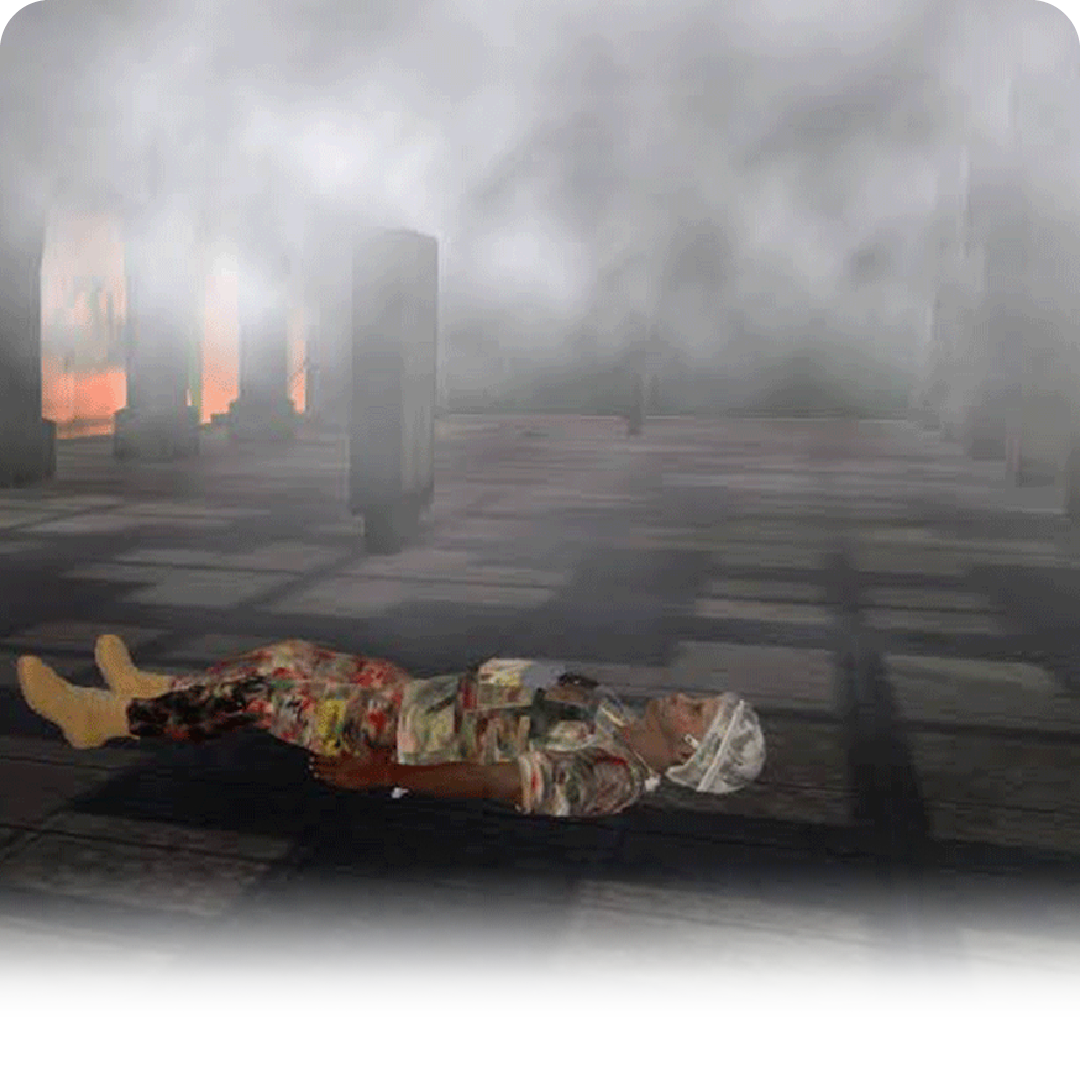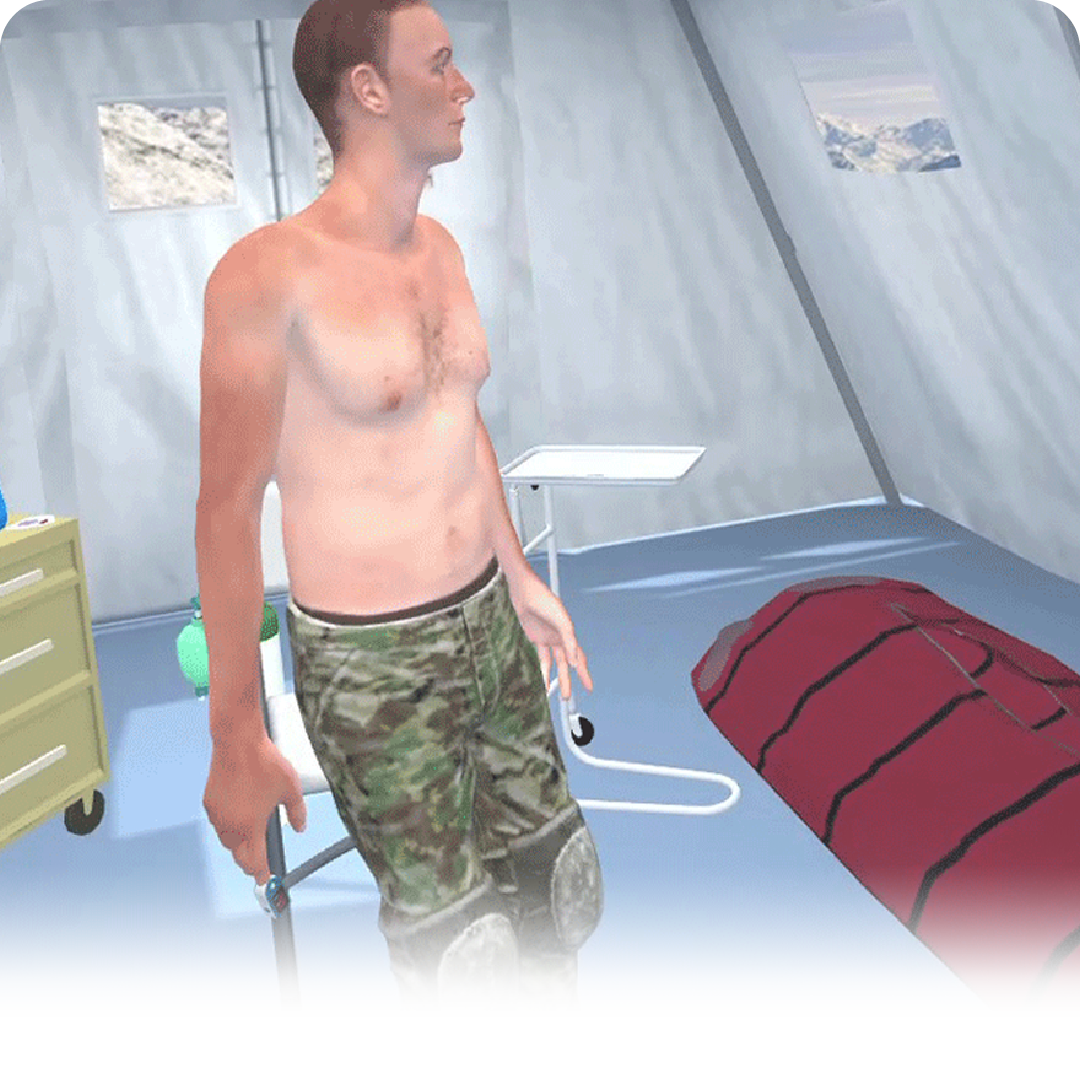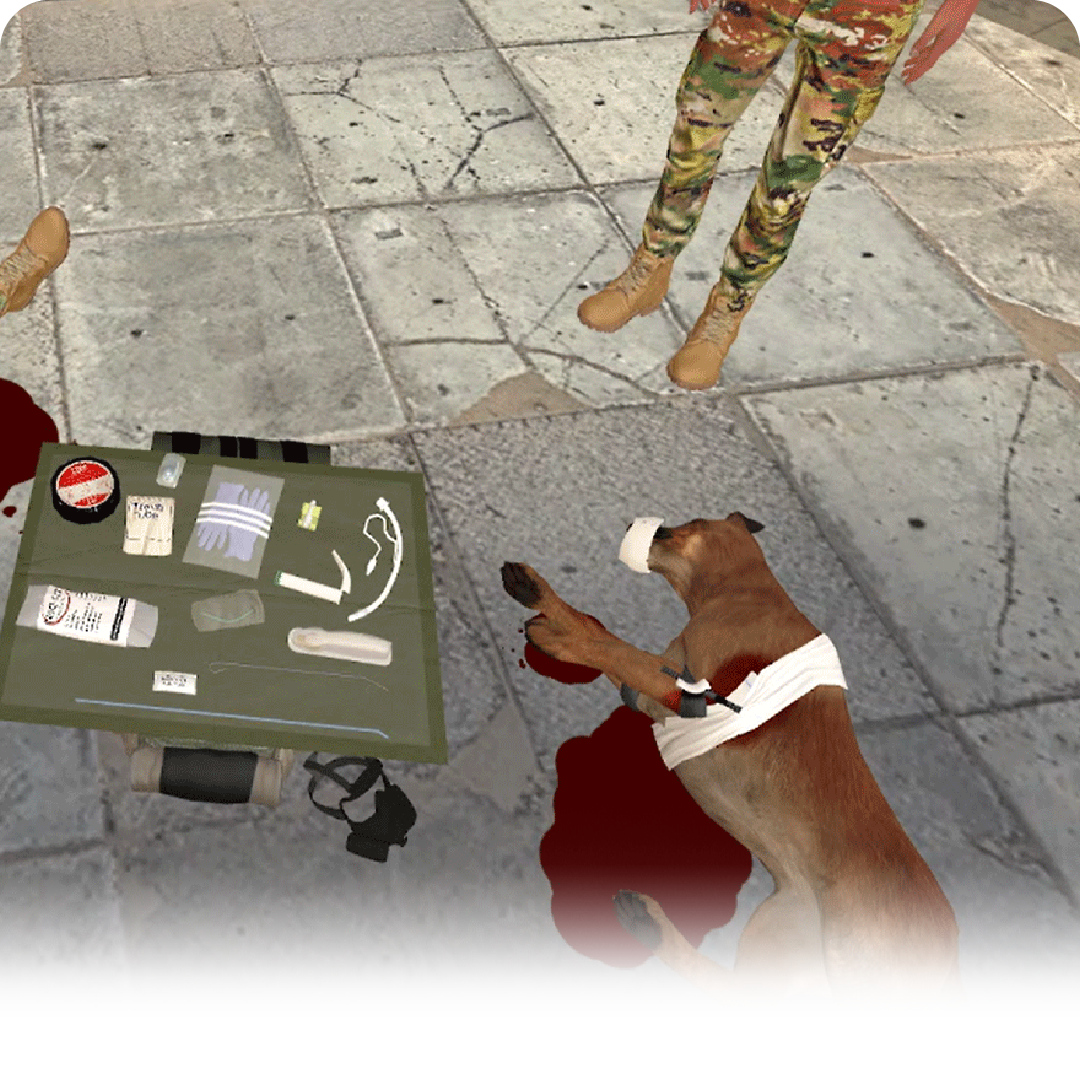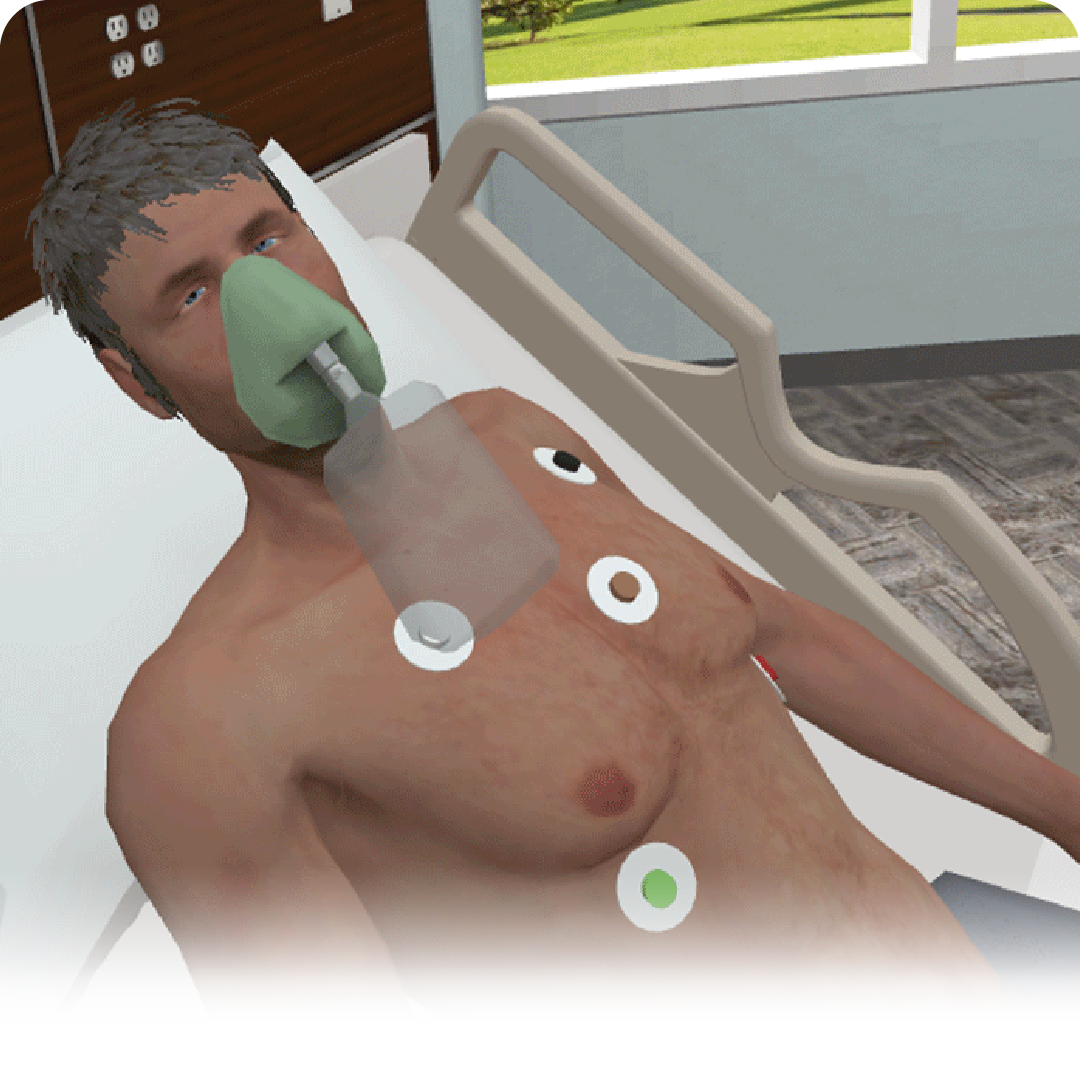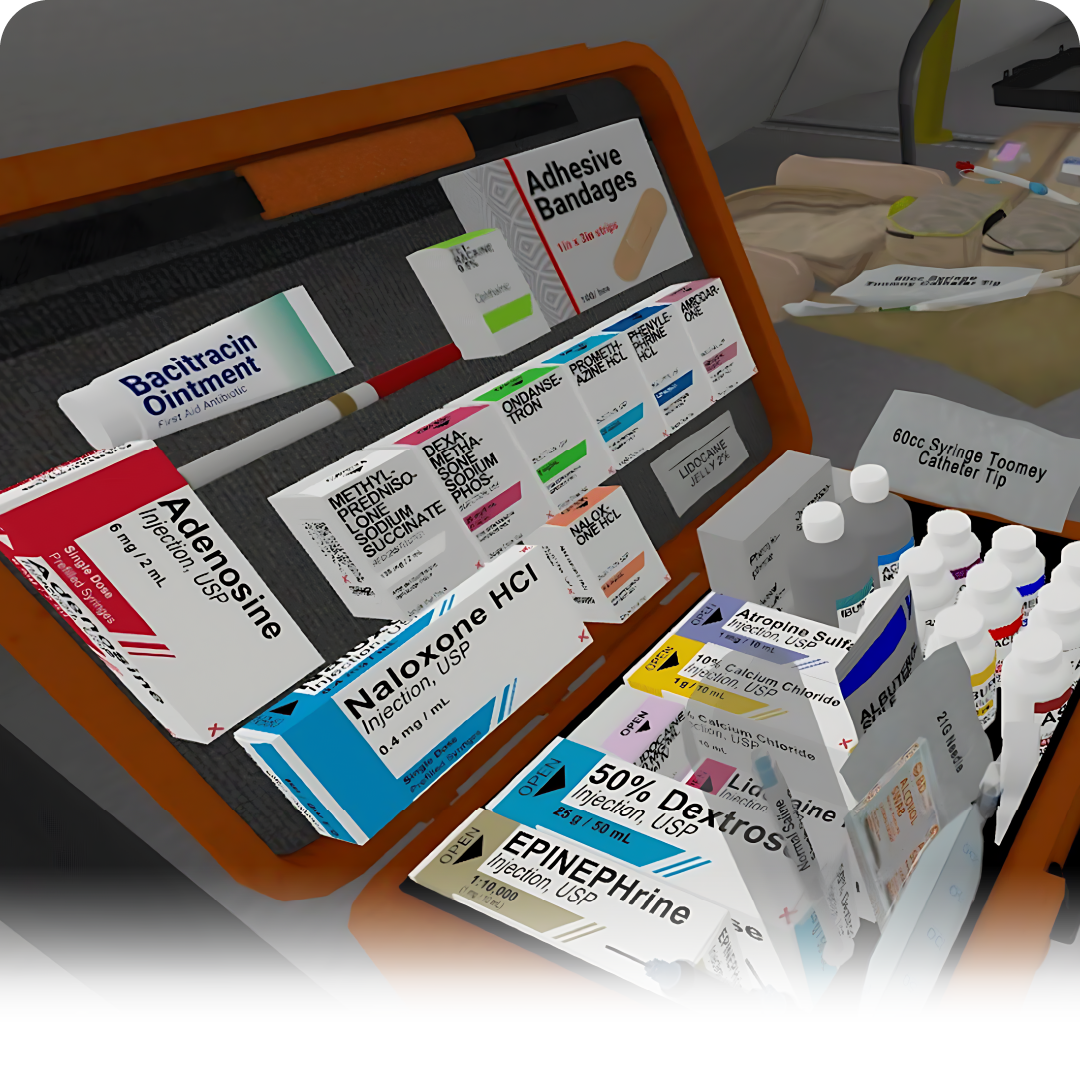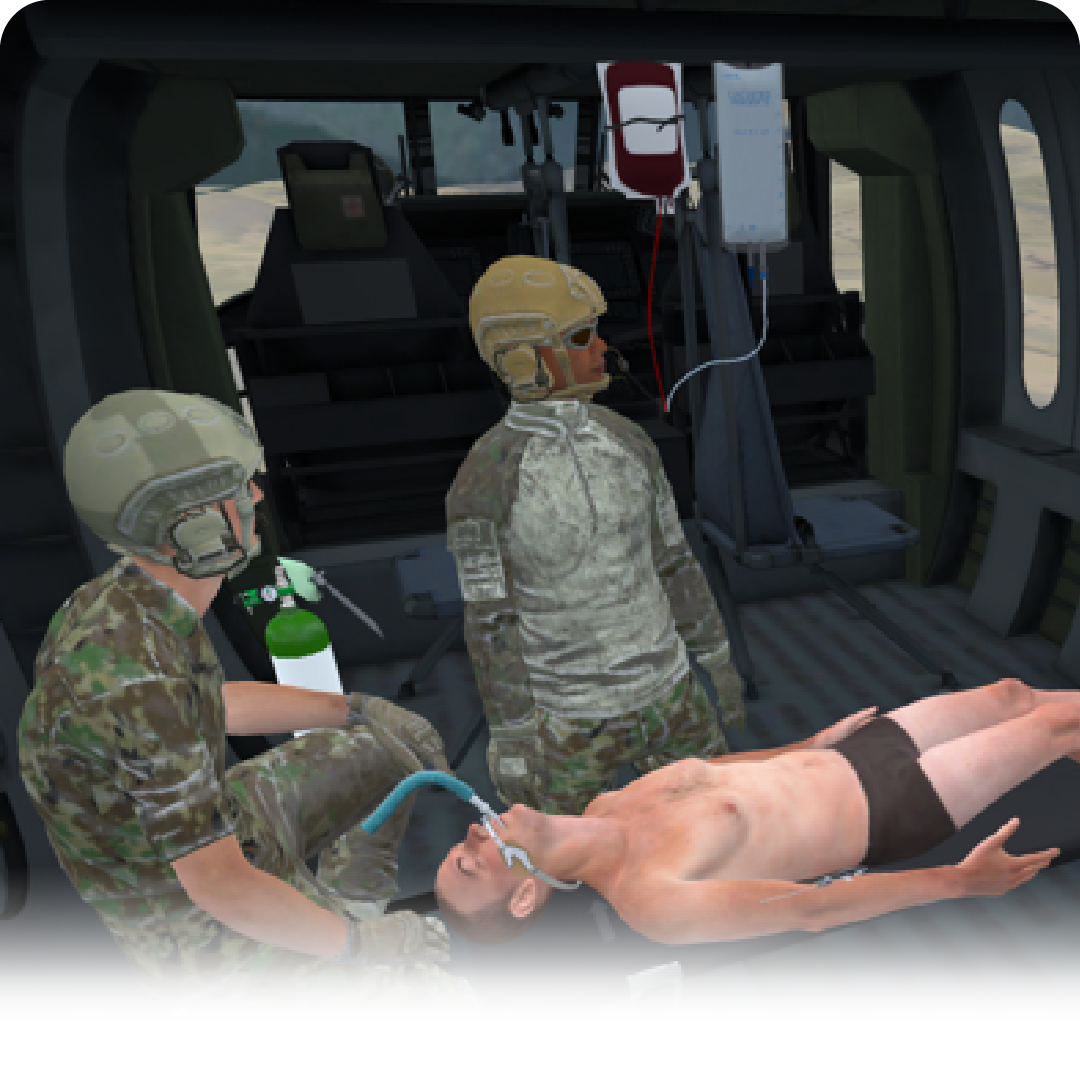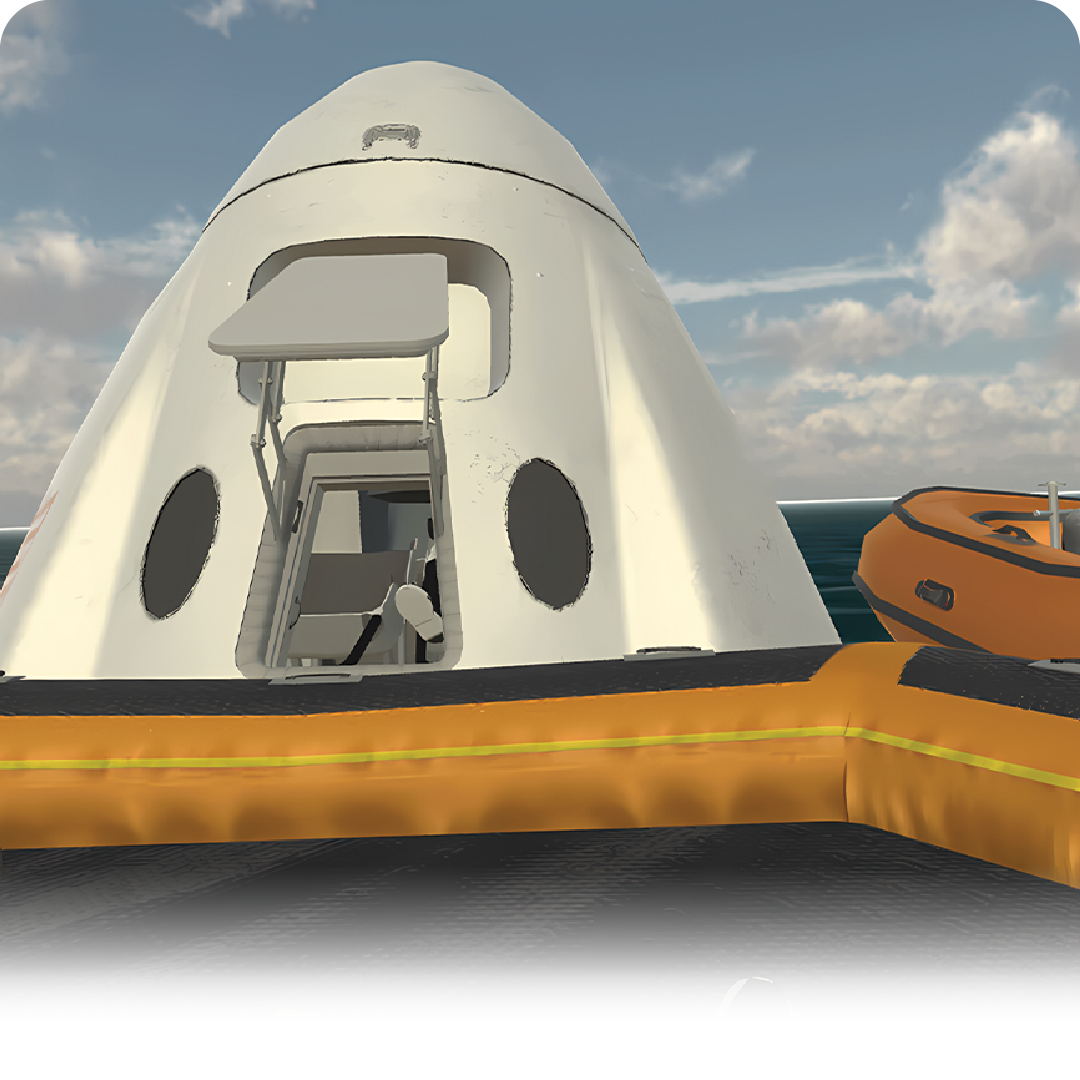What is VALOR?
SimX partnered with the US Air Force to create the Virtual Advancement of Learning and Operational Readiness (VALOR) program. VALOR makes medical simulation more comprehensive, flexible, and accessible for military personnel. Developed with over $20M in DOD R&D dollars and now deployed at 50+ DOD units, the SimX Virtual Reality Medical Simulation System (VRMSS) enables high-quality, repeatable, and accessible training for a wide array of realistic scenarios.


